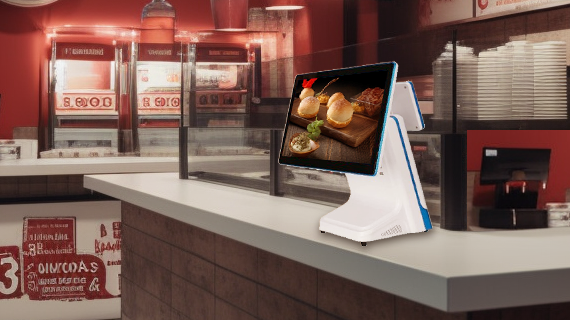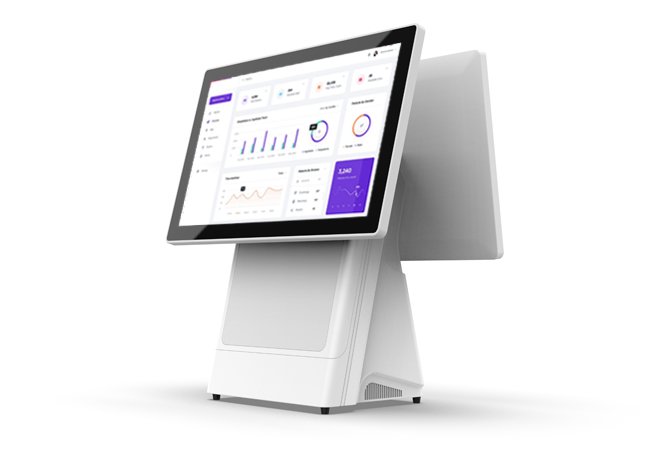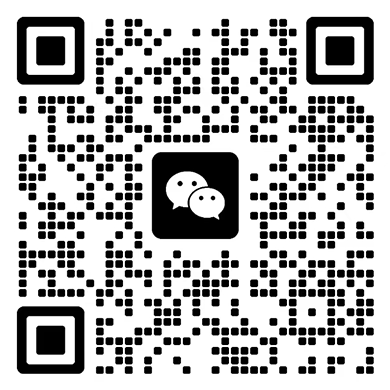If you’re new to the world of retail or just want to brush up on your cash register skills, you’ve come to the right place. Using a cash register might seem intimidating at first, but trust us, it’s a piece of cake once you get the hang of it.
In this guide, we’ll break it down step-by-step so that you can become a cash register pro in no time.
Setting Up the Cash Register
Preparing the Cash Drawer
Before you can start ringing up sales, you need to make sure your cash drawer is properly set up. Here’s how:
- Count the Starting Cash: Your manager will give you a set amount of cash to start your shift, usually a mix of bills and coins. Count this carefully to make sure the amount matches what you’re supposed to have.
- Organize the Cash: Separate the bills by denomination and arrange the coins neatly in the appropriate slots. This will make it easier to grab the correct change later on.
- Log the Starting Amount: Most registers will have a function to record your starting cash amount.
Familiarizing Yourself with the Register
Every cash register is a little different, but most of them share some common features. Take a few minutes to get acquainted with your specific model:
- Identify the keys for different payment types (cash, credit, etc.)
- Locate the drawer release button or lever
- Find the display screens (customer-facing and employee-facing)
- Explore any additional functions like returns, discounts, or price overrides
Don’t be afraid to ask your manager or a more experienced coworker for help if you’re unsure about anything.

Ringing Up Sales
The Basic Transaction
Now that you’re all set up, let’s walk through a basic cash transaction:
- Scan or Enter the Items: As the customer places items on the counter, scan their barcodes or enter the product codes manually.
- Announce the Total: Once all items are entered, the register will display the total amount due. Clearly state this amount to the customer.
- Take Payment: The customer will hand you cash, a credit or debit card, or potentially a combination of both.
- Process the Payment: For cash, simply enter the amount tendered. For cards, follow the prompts on the register to complete the transaction.
- Give Change (if needed): If the customer paid with cash, the register will calculate and display the change due. Count out the correct amount and hand it to the customer with a friendly smile.
- Offer a Receipt: Always ask if the customer would like a receipt. And provide one if requested.

Handling Special Situations
Not every transaction is straightforward. Here are some common scenarios you might encounter:
- Price Overrides: If an item doesn’t scan correctly or has a special price, you’ll need to manually override the price. Ask your manager how to do this on your specific register.
- Discounts and Coupons: Most registers have functions to apply discounts or redeem coupons. Be sure to enter these before totaling the sale.
- Returns and Exchanges: Returning or exchanging an item typically involves first locating the original transaction, and then processing the return or exchange. Your manager can walk you through the steps.
- Split Payments: Some customers may want to pay part of their total with cash and part with a card. Most registers will allow you to split the payment between multiple tenders.
Don’t sweat it if you get flustered during a tricky transaction. Take a deep breath, and ask for help if you need it. With practice, these situations will become second nature.

Closing Out Your Shift
Balancing the Cash Drawer
At the end of your shift, you’ll need to balance out the cash in your drawer. Here’s the process:
- Run a Cash Report: This will print out a summary of all the transactions you processed during your shift, including the expected cash total.
- Count the Cash: Remove all cash from the drawer and count it carefully, separating it by denomination.
- Compare Totals: The amount you counted should match the total on the cash report. If there’s a discrepancy, recount and check for any mistakes.
- Record Overages/Shortages: If you’re still off after double-checking, record the overage or shortage amount on the appropriate form.
- Secure the Cash: Follow your store’s protocol for securing the cash, such as placing it in a safe or drop box.
Passing the Baton
If you’re not on the last shift of the day, you’ll need to prepare the register for the next person. This typically involves:
- Counting the Cash Drawer: Perform the same counting process as when closing out your shift.
- Recording the Amount: Enter the total cash amount into the register so the next person knows their starting amount.
- Securing the Drawer: Remove any excess cash beyond the standard starting amount and secure it according to store policy.
- Passing Along Notes: Make a note of any issues, discrepancies, or special situations the next person should be aware of.
And that’s it! You’ve officially completed your shift on the cash register. Give yourself a pat on the back; you’re well on your way to becoming a pro.
Tips and Tricks for Cash Register Mastery
Stay Organized
A cluttered, disorganized cash drawer is a recipe for mistakes and frustration. Take a few seconds after each transaction to neaten up your bills and coins. It’ll save you time and headaches in the long run.
Double-Check Everything
When in doubt, double-check! Before finalizing a transaction, quickly review the items and total to make sure everything looks correct. It’s better to take an extra moment than to have to deal with an angry customer later.
Keep Your Cool
Even the most seasoned cashiers have stressful moments or make mistakes sometimes. If you start to feel flustered, take a deep breath and slow down. A calm, friendly demeanor can go a long way in diffusing tense situations.
Ask Questions
Never be afraid to ask for help or clarification, especially when you’re first starting. Your managers and experienced coworkers have been in your shoes before and will be happy to offer guidance.
Practice
The more you use the cash register, the more comfortable and confident you’ll become. Volunteer for extra shifts, or even practice on the register during your downtime. Muscle memory is key to becoming a true cash register master.
Conclusion
There you have it—everything you need to know to use a cash register like a total pro. It might seem a bit overwhelming at first, but stick with it, and you’ll be ringing up sales with ease in no time. Just remember to stay organized, double-check your work, keep your cool, and ask for help when you need it. And don’t forget to have fun! Cashiering can be a blast when you get the hang of it.

